Imagine being able to capture the beauty and wonder of the ocean, its diverse creatures, and the dramatic scenes of war, all through the lens of a camera. Marine photography has long been a passion for those who seek to explore, document, and preserve the mysteries beneath the waves. From the vibrant coral reefs to the depths of the abyss, underwater photographers have brought marine life into our living rooms, sharing stories of exploration, conservation, and the resilience of nature. But beyond the underwater world lies another realm—war photography, which captures the intensity, human drama, and historical significance of conflicts. Together, these two disciplines form a unique tapestry of visual storytelling, showcasing the ingenuity of humanity and the untamed power of the oceans.
Key Takeaways
– Iconic War Photographers: Discover the legendary works of Robert Capa, Larry Burrows, Don McCullin, Tim Page, and David Douglas, who captured the raw emotions and horrors of conflict across various wars.
– Pioneering Underwater Photography: Explore the groundbreaking underwater photography that redefined marine exploration and conservation efforts.
– Historical Impact: Learn how these photographers reshaped photojournalism, documenting everything from the Vietnam War to the Yom Kippur War and the Northern Ireland Troubles.
– Innovative Storytelling: Understand how their work challenges perceptions of war, offering intimate glimpses into soldiers’ lives and the psychological toll of combat.
– Legacy Continues: Their contributions inspire modern photographers and historians, ensuring the importance of visual storytelling in shaping public understanding of global conflicts.
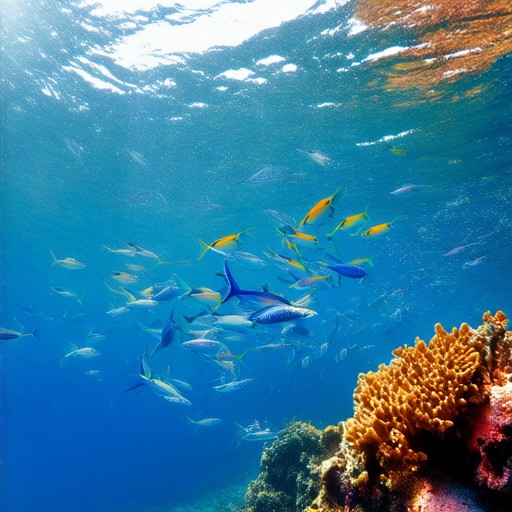
The Best Ocean Photographer
When it comes to determining the best ocean photographer, several names stand out for their exceptional skill and artistic vision in capturing the beauty of the underwater world. Among these, photographers who have consistently excelled in competitions like the Sailing Photo Awards often top the list.
One of the most celebrated ocean photographers is Guillermo de la Cuadra . Known for his striking compositions and ability to capture the vibrant life beneath the waves, Guillermo has earned numerous accolades for his work. His portfolio showcases a unique blend of color, light, and motion, making him a favorite among marine photography enthusiasts.
Another distinguished name is Alexander Badyanov . Alexander’s expertise lies in his ability to photograph large marine animals with precision and artistry. His images of whales, sharks, and other marine giants are both powerful and emotionally resonant, earning him widespread recognition in the field.
Notable for his intimate portrayals of marine life, Ron Taylor is considered a pioneer in underwater photography. With over four decades of experience, Ron’s work spans a vast array of marine subjects, from tiny creatures to massive apex predators, showcasing the incredible diversity of the ocean.
For those who appreciate the aesthetic beauty of coral reefs and tropical fish, Brian Skerry is a leading figure. Brian’s high-speed photography of sharks and other pelagic species has set new standards in marine imaging, blending technical excellence with a keen eye for composition.
Lastly, Jennifer Hayes stands out as a prominent female photographer in the field. Her work focuses on the intricate details of coral reef ecosystems, offering a unique perspective on marine biodiversity. Jennifer’s ability to capture the delicate textures and colors of coral has made her a respected figure in underwater photography circles.
If you’re interested in exploring more of these photographers’ work, we encourage you to visit the Sailing Photo Awards website, where you can discover galleries, tips, and stories from some of the world’s most talented maritime photographers.
Who is the Famous Marine Wildlife Photographer?
The world of marine wildlife photography is celebrated through platforms like the Sailing Photo Awards , which showcase the artistic excellence of underwater photography. Among the most renowned photographers in this field:
- Brian Skerry is a leading marine photographer known for his work with National Geographic. His images capture the stunning diversity of marine life and environments, making him a cornerstone of underwater photography.
- David Doubleday has documented marine ecosystems globally, contributing significantly to conservation efforts through his vivid and impactful images.
- Andy Ritter is recognized for his ability to photograph rare and elusive marine species, often working in collaboration with researchers to highlight environmental issues.
- Ron Haraguchi specializes in macro photography, capturing intricate details of marine organisms, offering a unique perspective on underwater life.
- Mandy Barker focuses on behavior-driven photography, showcasing the dynamic interactions between marine animals, such as seal pups and their mothers.
- Amos Morris is known for his playful and intimate shots of dolphins and whales, bringing a sense of joy and connection to marine life.
- Thomas Peschak combines technical expertise with a passion for storytelling, often working with marine biologists to tell the stories behind his images.
These photographers exemplify the artistry and dedication required to capture the beauty and complexity of marine life, inspiring both amateurs and professionals alike to explore the underwater world.
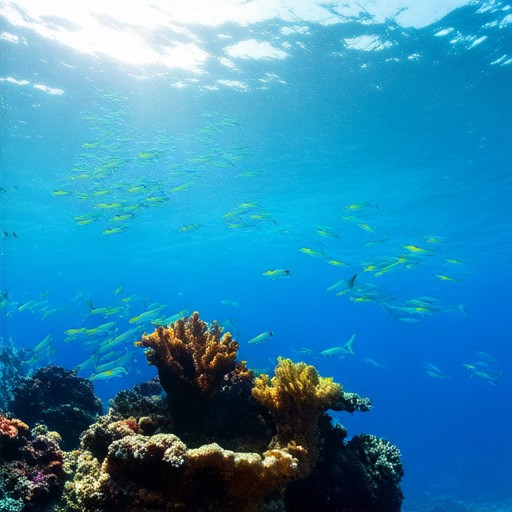
What is the salary of a deep sea photographer?
The salary of a deep sea photographer can vary significantly based on several factors including experience, location, and the type of employer. As of May 2025, reported annual salaries for underwater photographers range from approximately $45,000 to $100,000 or more depending on the specifics of the role.
- Salary Range: The average hourly rate for underwater photography ranges between $25 and $50 per hour, translating to an annual salary of around $50,000 to $100,000.
- Factors Influencing Pay: Geographical location plays a significant role, with higher salaries often found in regions with high demand for underwater photography services. Additionally, freelance photographers may earn more compared to those working full-time for a single employer.
- Experience Level: Entry-level photographers may start around $30-$40 per hour, while experienced professionals with a strong portfolio can command rates upwards of $60-$70 per hour.
- Employment Type: Those working for agencies or on contract often enjoy higher hourly rates due to the nature of project-based work.
To advance your career in underwater photography, consider networking with professional organizations, entering contests like the Sailing Photo Awards , and continuously refining your skills through workshops and mentorship programs.
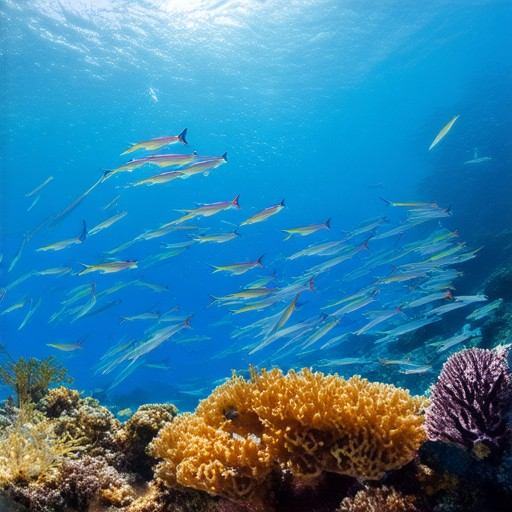
Who Is Considered the Greatest War Photographer?
Several photographers have been celebrated for their groundbreaking work in documenting conflicts around the globe. Among them, Robert Capa, Larry Burrows, Don McCullin, Tim Page, and David Douglas are frequently highlighted as some of the most influential war photographers.
- Robert Capa – Known for his iconic images from the Spanish Civil War, Capa’s work captured the intensity and human drama of combat. His photo of a falling soldier during the Battle of Saipan became one of the most memorable images of World War II.
- Larry Burrows – A renowned photographer for Life magazine, Burrows documented the Vietnam War and the Falklands Conflict. His ability to capture the emotional weight of war earned him widespread acclaim.
- Don McCullin – McCullin’s work from the Northern Ireland Troubles and the Yom Kippur War highlights the human cost of conflict. His photos often serve as powerful social commentary on war and its aftermath.
- Tim Page – Known for his work in Vietnam and Cambodia, Page’s images from the Tet Offensive and Khmer Rouge regime provide a stark visual record of the chaos and suffering.
- David Douglas – Douglas’s career spans conflicts from World War II to the present day. His work often focuses on the personal experiences of soldiers and the psychological toll of war.
These photographers have significantly influenced the way wars are documented and remembered. Their work continues to inspire future generations of photographers and historians alike.
For more information on these photographers and their contributions to the art of war photography, explore our categories and discover the stories behind their iconic images.
Photographer Killed by Landmine
Robert Capo, a renowned war photographer, tragically died on May 25, 1954, at the age of 40. He was killed when he stepped on a landmine while documenting the Vietnam War. Capa, known for his iconic photographs during World War II, was caught in crossfire before encountering the mine, highlighting the dangers faced by journalists in conflict zones.
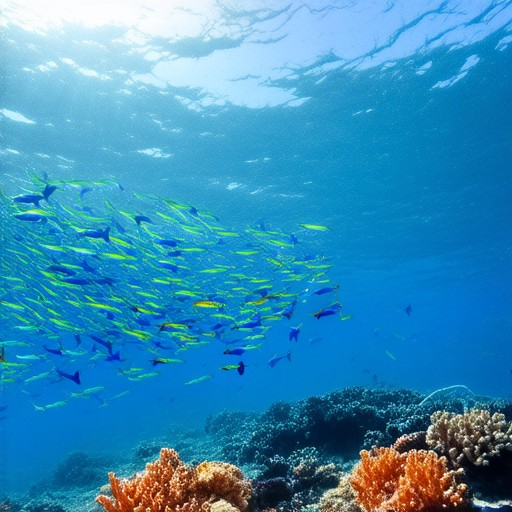
The Father of War Photography
Mathew Brady is widely regarded as the father of war photography. Known for his extensive documentation of the American Civil War, Brady’s work marked a significant shift in how conflicts were visually recorded and perceived by the public. His photographs, along with those of colleagues like Alexander Gardner, provided a raw and unfiltered view of battlefields, influencing public opinion and setting a precedent for modern photojournalism.
Brady’s contributions during the Civil War were unparalleled. His images captured the grim reality of warfare, showcasing the human toll and the devastation left behind. These photographs were not just historical records but also powerful tools for storytelling, helping to shape public sentiment and demand for peace.
- Mathew Brady: Often called the “father of photojournalism,” Brady’s work during the Civil War established him as a pioneer in war photography. His images documented battles, wounded soldiers, and destroyed cities, providing a visual narrative that resonated deeply with audiences.
- Alexander Gardner: A close collaborator of Brady, Gardner contributed significantly to the collection. His photos, including iconic images like “The Appomattox Court House,” added depth and detail to the visual record of the war.
These photographers’ efforts not only chronicled the war but also inspired future generations of photojournalists to capture conflicts with honesty and compassion. Their work remains a testament to the power of visual media in shaping public understanding.
Conclusion
Mathew Brady and his contemporaries laid the foundation for war photography as we know it today. Their dedication to documenting history through images continues to influence how wars are reported and remembered.
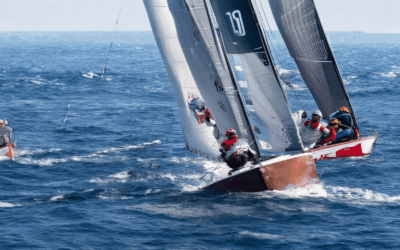
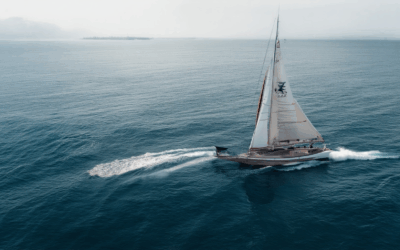
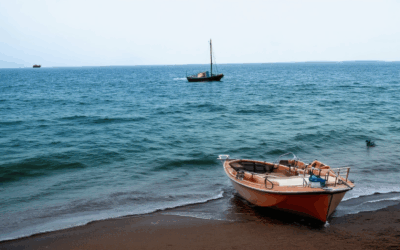
0 Comments